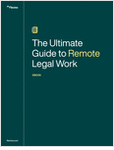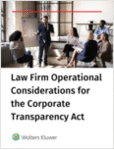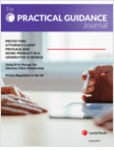As you prepare for your upcoming product liability trial, things could not seem any better. You have qualified experts waiting to testify that your client’s product is not defective. The client is credible, well established, clearly safety conscious and responsible. Throughout lengthy pretrial depositions, your client has never denied ownership or control of the product, and never claimed that purported safety measures suggested by the plaintiff were not feasible. He claims only that the measures would have been inconsequential based on the facts of the case. Therefore, it is your impression that the warning label your client added to the “Super Widget” subsequent to the accident will never be presented to the jury based on the protections of Federal Rule of Evidence 407, a conclusion the judge will surely come to as she flips through your motion in limine. In pertinent part, the Rule states that:
When, after an injury or harm allegedly caused by an event, measures are taken that, if taken previously, would have made the injury or harm less likely to occur, evidence of the subsequent measures is not admissible to prove negligence, culpable conduct, a defect in a product, a defect in a product’s design, or a need for a warning or instruction.




